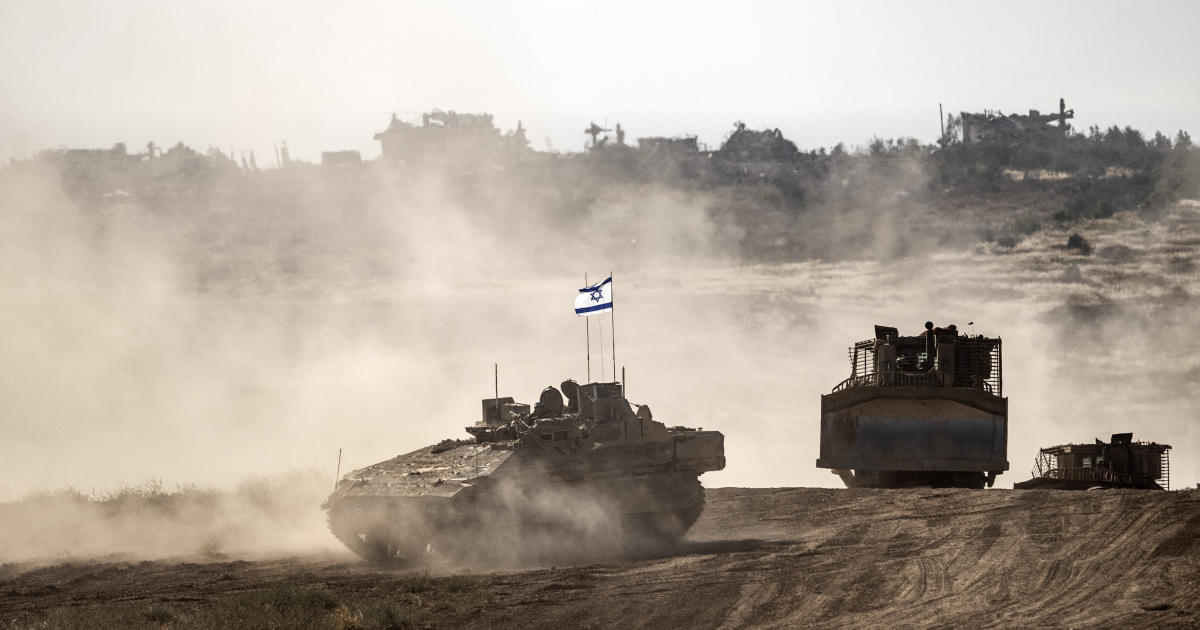New Zealand shooting puts new focus on role of social media
Attention turns once again to the dark side of social media, after a gunman in New Zealand killed 49 people and left at least 20 others wounded. Video of the brutal attack was livestreamed on Facebook, while an online manifesto spewed a message of hate replete with references familiar to extremist chat rooms and internet trolls.
One suspect, an Australian national, has been charged with murder and two others are in custody. The video of the attack shows the gunman taking aim with assault-style rifles painted with symbols and quotes used widely by the white supremacist movement online.
Facebook told CNET it removed the footage and was pulling down posts that expressed "praise or support" for the shootings. It said it is working with police on the investigation. In a tweet, YouTube, which is owned by Google, also said it was "working vigilantly to remove any violent footage."
This isn't the first time a crime has been livestreamed on Facebook, putting more pressure on a platform that has recently dealt with a series of scandals. Nicholas Thompson, editor-in-chief for Wired magazine, said Facebook has already hired thousands of content moderators and made using artificial intelligence to stop toxic content a higher priority, but these efforts still fall short.
"The problem is when you connect humanity, the way Facebook has done, the way other tech platforms have done, you get all of humanity and there's a lot of terrible things that happen and it gets amplified," Thompson said.
Manifesto posted online
The gunman appears to have posted a manifesto intended to reach a wide audience. CBS News investigative reporter Graham Kates told CBSN the writings could be described as "s***posting" — a common trolling tactic of posting a high volume of intentionally bad, ironic, deliberately provocative or misleading comments to distract those who aren't in the know. The manifesto includes tropes and coded references popular with members of the far-right, giving important clues. Ironic comments that only people within that community would understand are designed to evoke an emotional response.
"His manifesto had references to people and events and leaders and countries all over the world. In essence, essentially driving headlines in different places," Kates said. "Then, when his community, his friends on the internet watch this coverage around the world, they can kind of chuckle at us for falling for it."
CNET senior producer Dan Patterson said the challenge for social media platforms like Facebook and YouTube is that they were built for "speed," not safety.
"Many people have been able to kind of figure out how the algorithms work, and what causes people to click and share content," he said. "We're in a very challenging situation where these platforms were maybe not intended to be weaponized, but the facts on the ground are that many people have figured out how to weaponize and use these platforms for disinformation."
As the dominant social media platforms crack down on hatred, extremists move on to smaller outlets where anger and distrust flourish.
"There is certainly a sense of victimization by many of these people. They feel as though they're censored and targeted by media companies and by the large technology firms," Patterson said.



